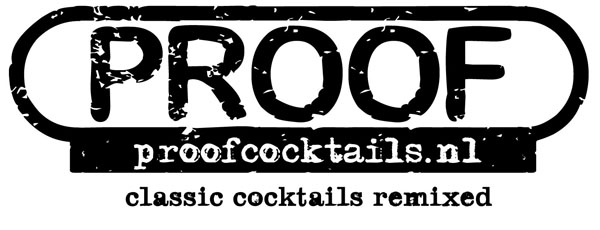
Inventing Galileo.
Part one of our reduced alcohol cocktail series was a simple substitution exercise so I think we need to dig a bit deeper and come up with a genuinely original low proof drink. I’d like to create something that is as satisfying as a full strength drink yet has a similar alcohol content to a small beer. To give you some insight into the creation of a from-scratch recipe I’ll describe the process involved. Or you can save your sanity and skip right to the recipe.
Line up every bottle I’ve got that’s under 20%ABV on the counter. Stare at them for about half an hour and thoughtfully twiddle with beard. What flavours might work together? What about sweet/sour balance? Has that combination been tried before? Too close to an existing cocktail? What will the final colour be like? Next I try some combinations in very small amounts shaken with a little ice. Hmmmm – dry white port and Aperol are quite nice together but they need something more. How about as a base for a sour style drink? So I add lemon juice to the list. Now we’ll need some sweetness to bring it back into balance. Sugar syrup? Sure, that would work but can we do better? Well I’ve got some elderflower liqueur that’s not getting much use, let’s give that a go. With the lemon juice as an ingredient this will have to be a shaken drink and it should have a nice red colour so let’s serve it “up” in a nice vintage glass. I try an ounce of each as a starting point. Not bad at all. It’s got a nice flavour balance, you get the bittersweet of the Aperol tamed a little by the lemon and some nice floral notes from the elderflower. The distinctive bite of the white port takes a moment longer to come in which gives a nice double-take effect to the drink. But it’s too sweet. Clearly too much elderflower liqueur. I should have seen that up front. I try again with less of it and I’m pretty happy with the result. I could tinker with the proportions but something tells me I’d end up back at this mix. Does it taste like a proper cocktail despite the weaker ingredients? Very much so (score!). Is it too close to a Paper Plane? Well they look alike but there are only two shared components so I think I’m safe to call it my own. Garnish? I settle on lemon peel but I’ll try something different with it. My lemon “kebab” should mean there is plenty of surface area to waft lemon oils into the drinker’s schnozzle. Right, we’re almost there but we’ll need a name for it. For once I’m stumped. I check my long list of prospective cocktail names (yes, I know). Firefly? I google it and it already exists. Damn – scratch that one off. Where is Aperol from? Ask Wikipedia. Padua, Italy. Anyone else from there? Galileo taught at the university. Sorted – looks like we have a new cocktail. In this case I also want to work out the alcohol content in ml of ethanol. I multiply the quantity (in ml) of each component by its ABV and add them up. 13.8ml. Just over the target of 12.5ml (the equivalent of 250ml of 5% beer). I can live with that. And that’s how I spend my evenings. Sad, isn’t it?
Galileo.
1oz / 30ml dry white port (20%ABV).
1oz / 30ml Aperol (11%ABV).
1oz / 30ml fresh lemon juice.
0.75oz / 22.5ml elderflower liqueur (20%ABV).
Shake with ice and strain into a chilled champagne coupé.
Garnish with a lemon “kebab” or a strip of lemon peel.
Toast Galileo Galilei for inventing science. And being a useful Paduan.
XXX Update XXX
Using fino sherry instead of white port is also delicious – and even lower in alcohol!


